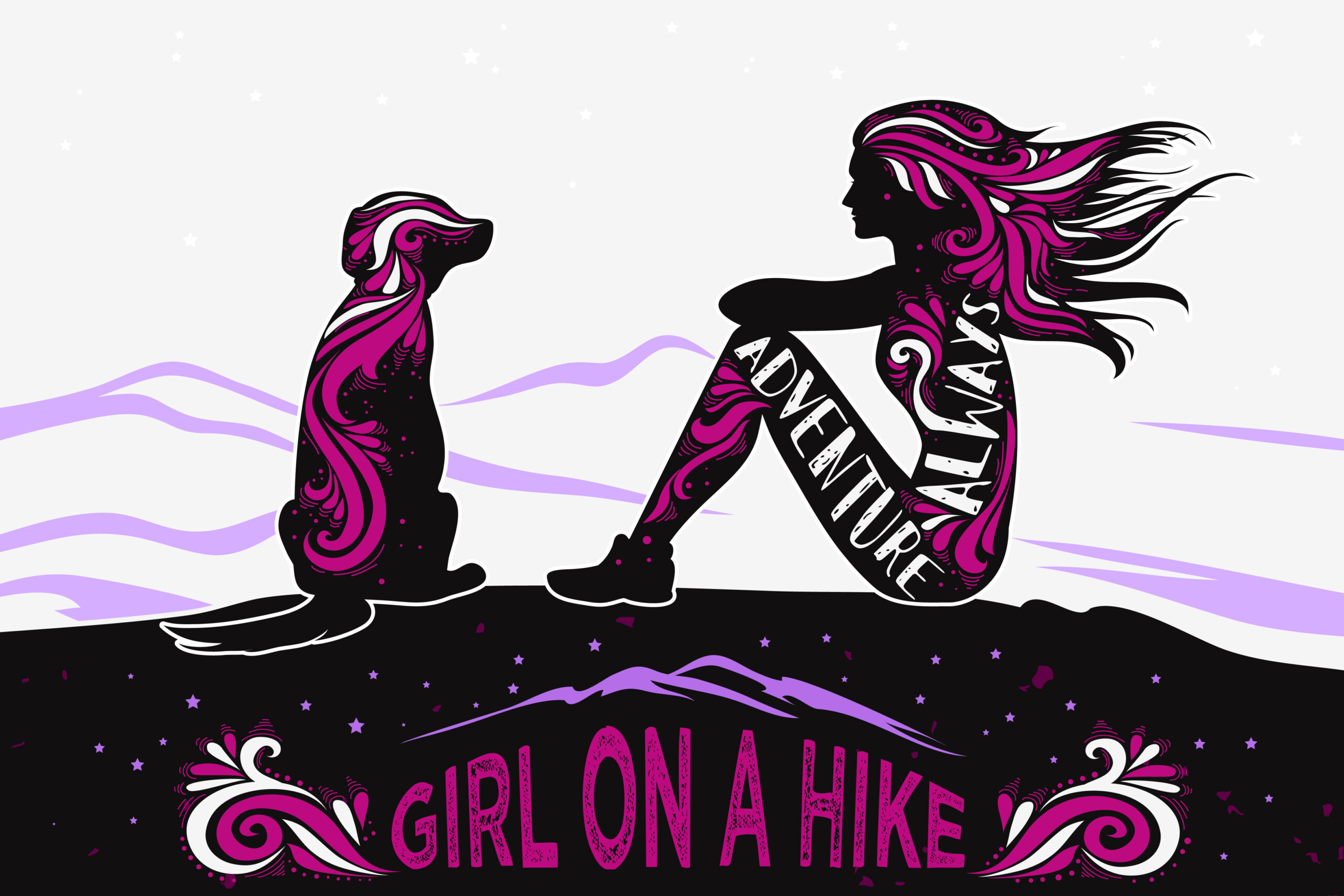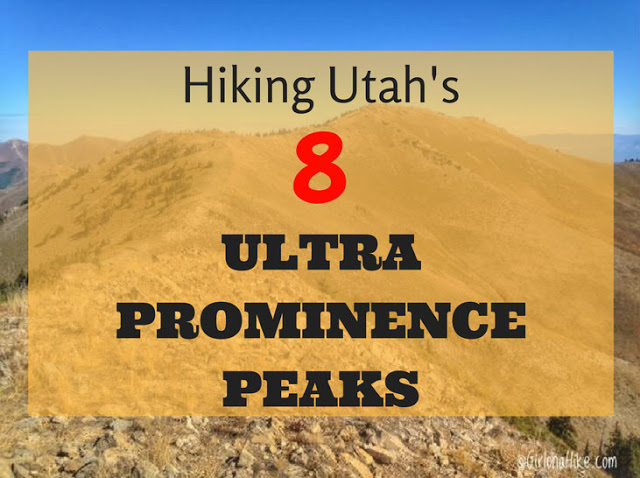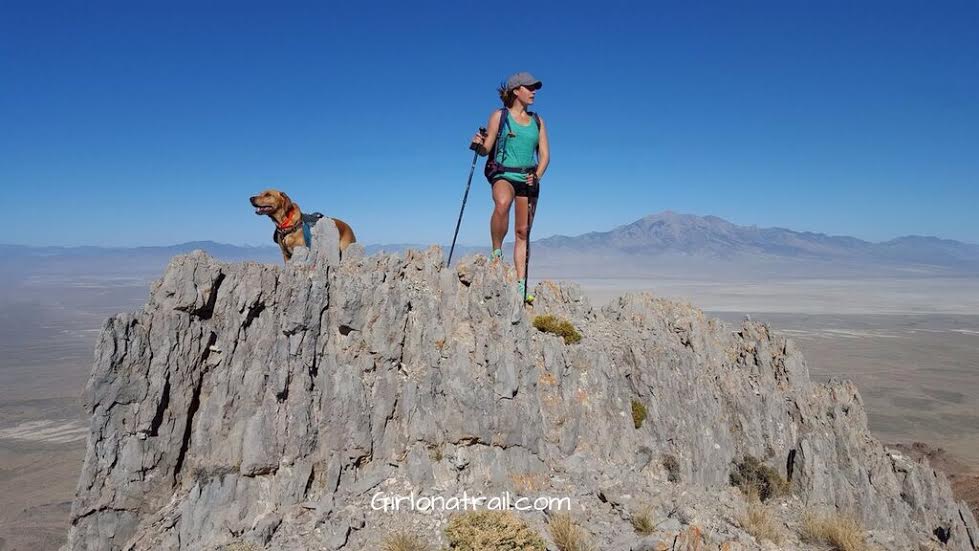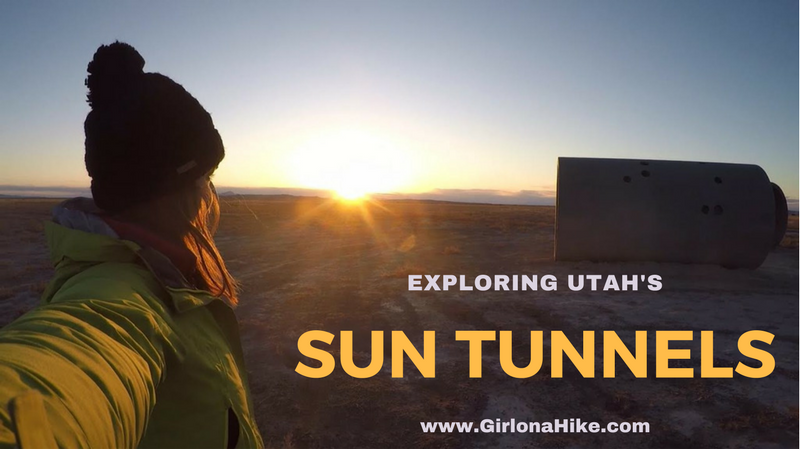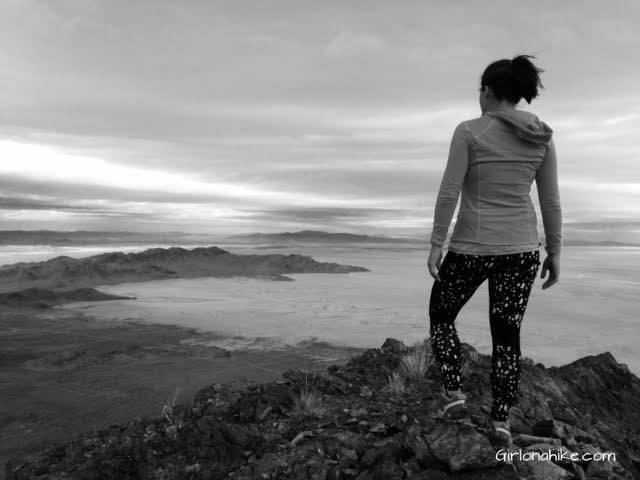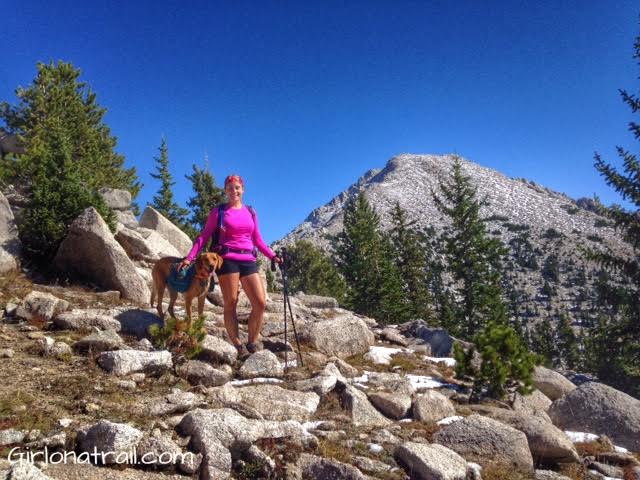
Ibapah Peak is the tallest point in the Deep Creek Mountains and Juab County, at 12,087 ft. Getting to to the trail head is a long drive, since it’s about a 4 hour drive from SLC.
About
The Deep Creeks are truly a unique place in the West Desert. The long distance from major population allows hikers to find solitude. The desert at the foot of the mountain is at an elevation of about 4,800 ft, giving the mountains an enormous vertical rise of 7,300 ft – greater than that of the famous Teton’s in Wyoming. Plan on camping near the TH the day before you hike here – camping is free, and there are a few spots that already have a fire ring. You’ll want to have an early start to your hike, and be prepared to give your legs a workout.
Directions
Head West on I-80 towards Wendover. Take exit 410 in Wendover for US-93. Turn left at the 1st light, then right onto US-93. Drive for 25.6 miles and look for a sign for Ibapah Road and turn left. Stay on this and drive past the tiny town of Gold Hill, UT. This road turns into the Pony Express-Overland Stage Trail road. Past Callao, UT, turn right onto the “Deep Creek Mtns Road” for about 13 miles, where you’ll see a sign for the Granite Creek Road. Follow this road for 4.3 miles to the trailhead. You’ll need a high clearance car for this area. Drive up as far as you can, or until you see a possible camp site.
Trail Info
Distance: 18 miles round trip
Elevation gain: 5,900 ft
Time: 12-14 hours
Dog friendly? Yes
Kid friendly? No
Start by walking up the dirt road past your campsite. You’ll see these cool, smooth looking rocks on your right.
When you pass this gate, is when the “trail” starts, but it’s still an old jeep road for the next 2 miles. You’ll cross a stream right around the corner from here.
We came to what seemed like a 3 way intersection. The guys decide to head up and right. Depending on how much rain this area has seen, these roads may be washed out or muddy.
After the jeep road ends, and turns into a trail, keep an eye out for this cairn to your left. You don’t want to miss this, or you won’t go the right way. Charlie sniffs out the grass.
Finally – Ibapah is in sight!
This dry stream bed was washed out from a previous rain. Cross over it, then catch the trail again.
Now the trail gets really steep, and will stay this way the rest of the hike. You’ll cut through lots of sagebrush on this trail.
We came to a small meadow and had a great view of Red Mountain. Red Mtn is another peak you can summit, and the elevation is only about 500 ft lower in elevation compared to Ibapah. However, the quartzite-clad Red Mtns provide for a cool visual counterbalance to the white granite face of Ibapah Peak.
The small meadow below Red Mountain.
Finally we reach the large open, dry meadow. This is a great place to take a rest and snack break. You are only halfway there, but by this point have been hiking for about 3 hours.
From this meadow, you will want to cut straight across this direction and work your way to the sub peak. There is no trail from this point – just route finding. See my map below for how we cut across, and made it to the saddle below Ibapah Peak.
Cutting across to the sub peak.
Charlie and I make it up the sub peak, and just around the corner to the left is the saddle. It’s so close!
When you work your way from the sub peak to the saddle, you’ll see the trail come and go. Sometimes you’ll be on the sides of rock walls, however they are totally doable – even Charlie could cut across them.
Once you pass the saddle, you’ll find the well defined trail. From here it’s an “easy” 900 ft to the summit. Since we had already hiked for about 5.5 hours, gained 5,000 ft, and were near an elevation of 11,500 ft we were really slow on this part. Me legs were jelly! It was really cool to see the valley we just hiked up.
On the summit, with a view of Haystack Peak in the distance.
Charlie and I on the summit! He did such a good job, but was definitely tired at the top! He found a warm place to take a quick nap.
Looking across to Red Mountain, and the meadow we came from.
Time to work our way back down.
Going down, we decided to follow the ridge line, until we found a good place to cut back down to the meadow.
These rocks along the ridge were really cool, and uniquely formed. Once you get back to the meadow, hike back the same way you came up.
Keep in mind that this hike took us roughly 12 hours to complete. The best time of year to hike this is in late August or September. The fall colors are amazing, the temperatures will be cooler, but you may still run into snow at the peak, like we did. It’s an awesome hike, but also one of the toughest peaks I’ve done.
